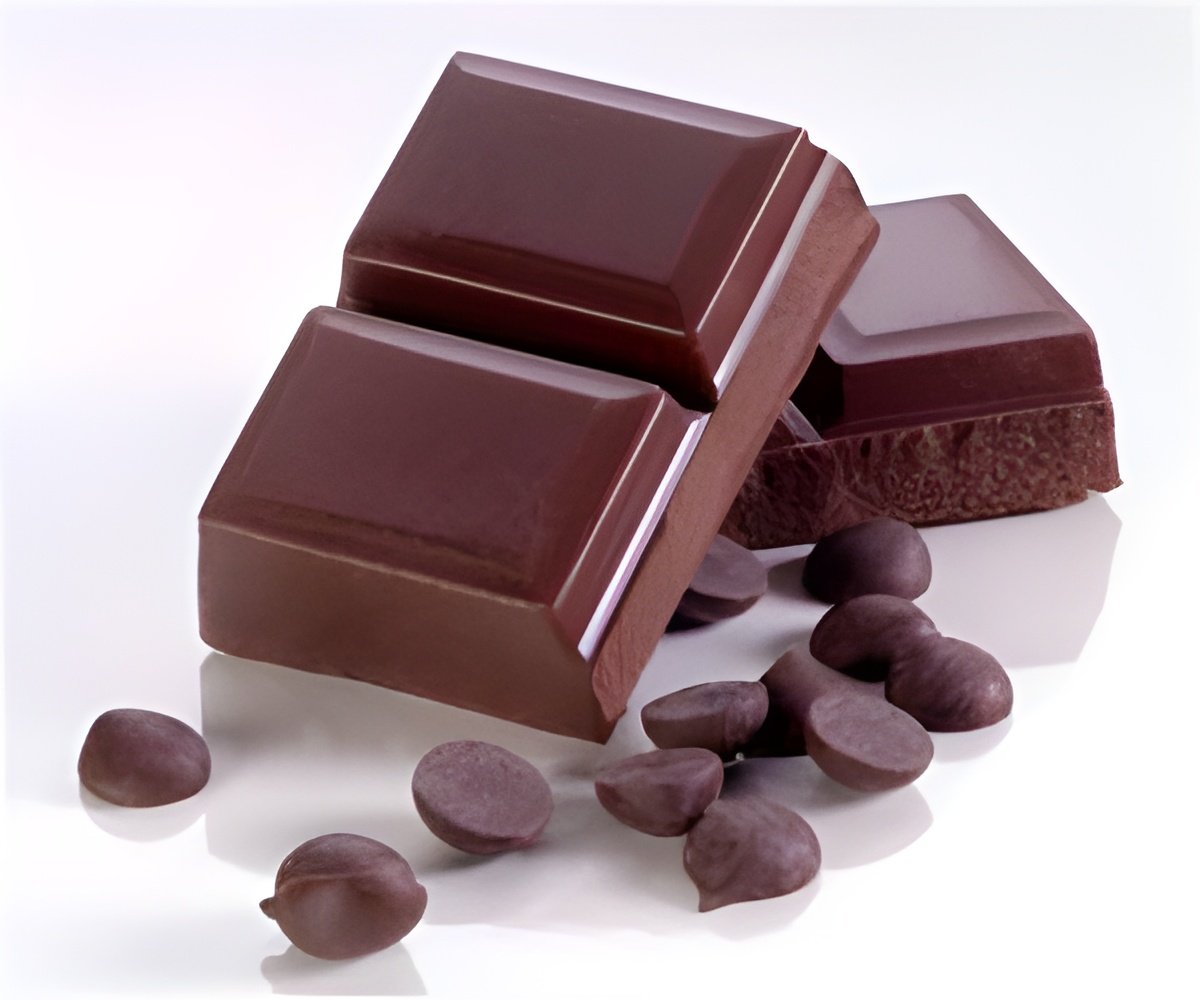
This variety of Theobroma cacao, Criollo, was domesticated about 3,000 years ago in Central America, and it is one of the oldest domesticated tree crops.
"Fine cocoa production is estimated to be less than five percent of the world cocoa production because of low productivity and disease susceptibility," said Guiltinan.
Since the farmers who grow fine cacao earn more than others, increasing the productivity and ease of growing cacao can help to develop a sustainable cacao economy.
The team has identified a variety of gene families that may have future impact on improving cacao trees and fruit either by enhancing their attributes or providing protection from fungal diseases and insects that effect cacao trees.
"Our analysis of the Criollo genome has uncovered the genetic basis of pathways leading to the most important quality traits of chocolate-oil, flavonoid and terpene biosynthesis," said Siela Maximova of the Penn State, and a member of the research team.
Advertisement
Guiltinan and colleagues are interested in specific gene families that could link to specific cocoa qualities or disease resistance. They hope that mapping these gene families will lead to a source of genes directly involved in variations in the plant that are useful for acceleration of plant breeding programs.
Advertisement
The team suggested that a functional genomics approach, one that looks at what the genes do, is needed to confirm potential disease resistant genes in the Criollo genome.
Hidden in the genome the researchers also found genes that code for the production of cocoa butter, a substance highly prized in chocolate making, confectionary, pharmaceuticals and cosmetics.
Most cocoa beans are already about 50 percent fat, but these 84 genes control not only the amounts but also quality of the cocoa butter.
Other genes were found that influence the production of flavonoids, natural antioxidants and terpenoids, hormones, pigments and aromas. Altering the genes for these chemicals might produce chocolate with better flavors, aromas and even healthier chocolate.
The study was reported in the journal Nature Genetics.
Source-ANI












